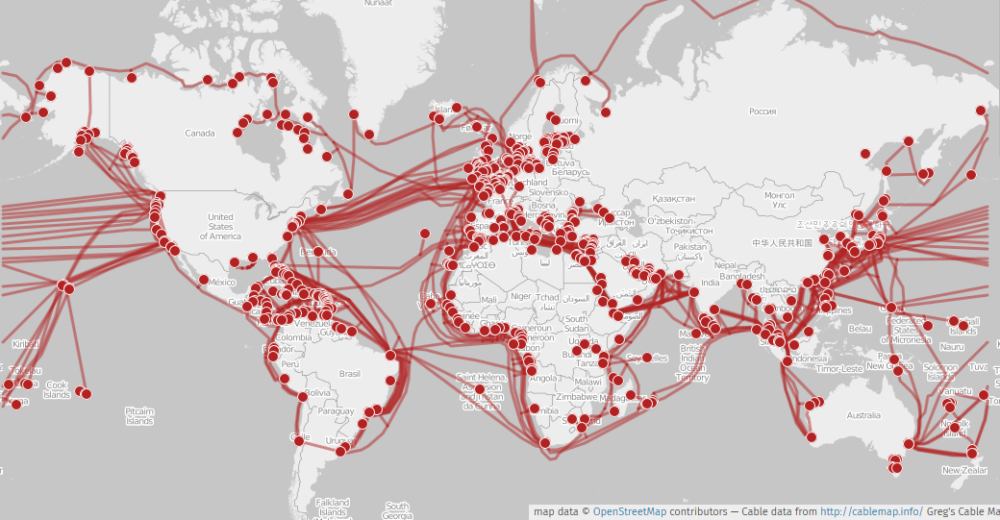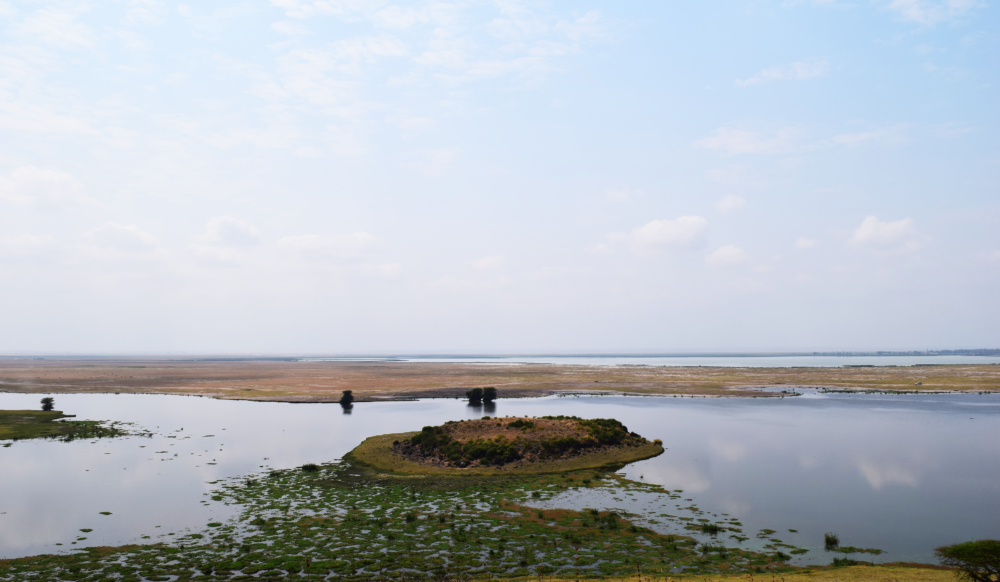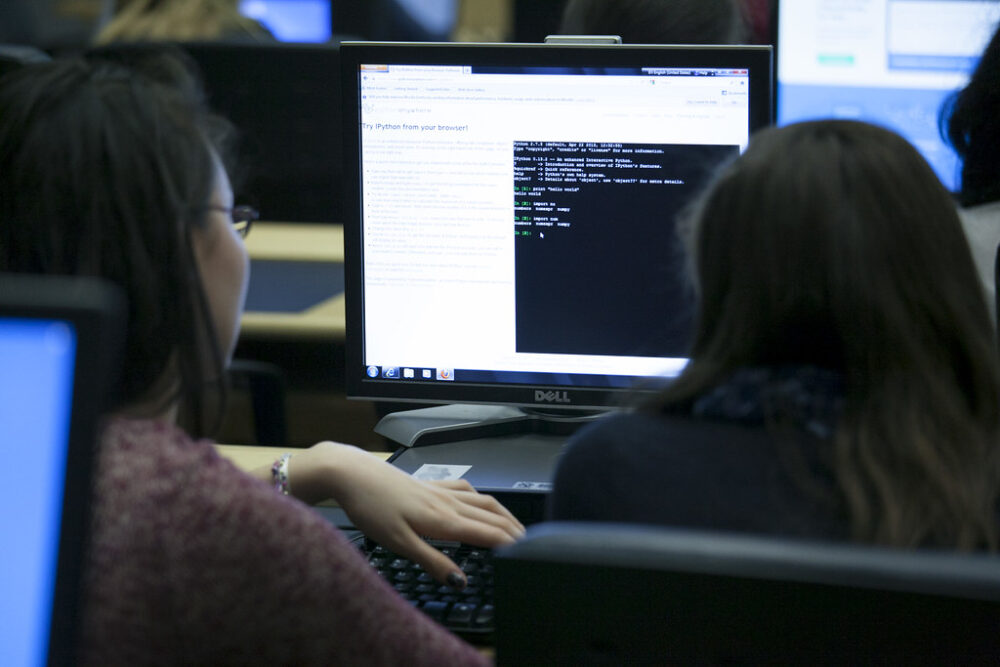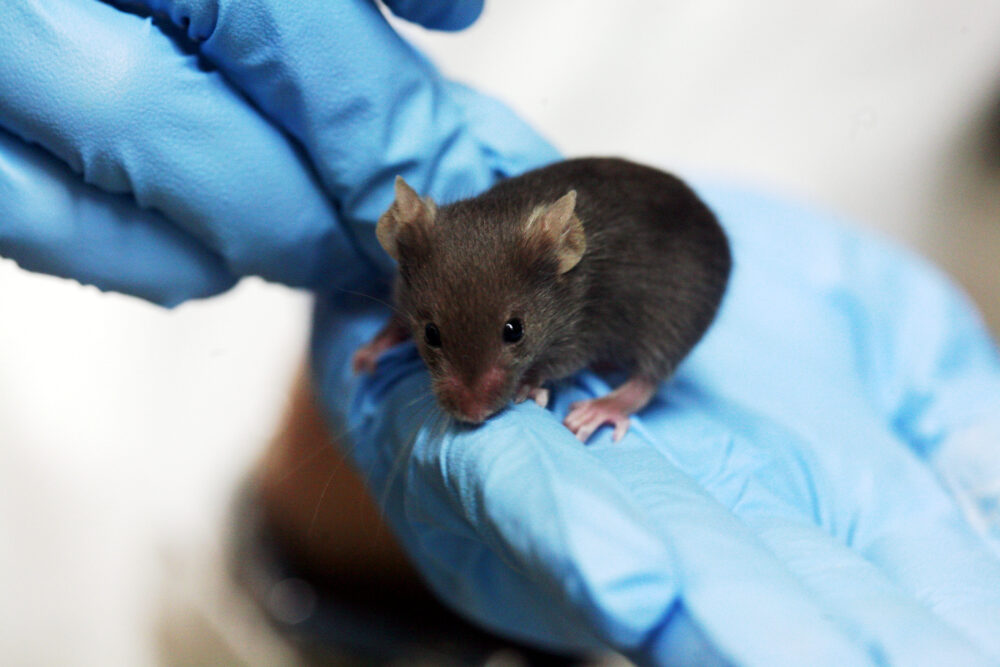Nautical networking: Undersea fiber-optic cables
While it often feels like the internet operates in an invisible “cloud” in the sky, it’s actually the opposite — it’s powered within the depths of the oceans. Complex hardware underlies all software, and global networking is no exception. The internet relies on submarine fiber-optic cables on the seafloor that form an interconnected highway system for […]
Nautical networking: Undersea fiber-optic cables Read More »








